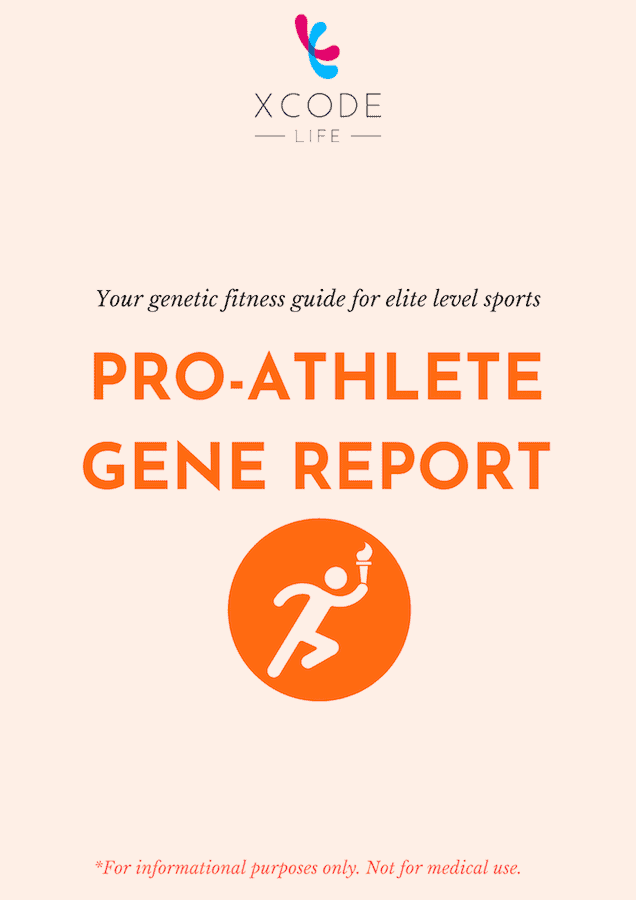Get deep insights from your 23andMe, AncestryDNA, FTDNA, Living DNA, MyHeritage DNA or WGS raw data and liken your fitness routine to elite-level athletes.
What's in the report? Traits covered in this report include:
Endurance, Aerobic Capacity or VO2 max, Muscle Power, Cardiac Output, Lung Function, Muscle Building, Lactate Accumulation during Training, HDL Cholesterol Levels with Exercise, Insulin Sensitivity with Exercise, Blood Pressure Response to Exercise, Resting Metabolic Rate or RMR, Achilles Tendinopathy, Exercise Induced Muscle Damage, Ligament Injury, Pain Tolerance, Fatigue, Handgrip Strength, Joint Strength and Flexibility, Performing Under Stress or Warrior vs Worrier, Exercise Motivation, Exercise Recovery, Response to Resistance Training, Lean Body Mass, Weight Loss with Exercise, Glucose Response to Exercise, Exercise Behaviour, Triglyceride Levels with Exercise
